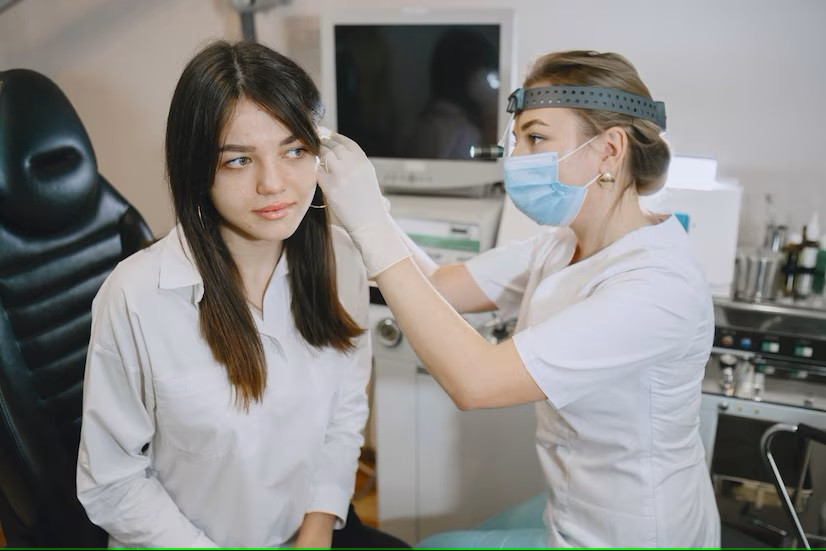Ear piercing is something that is not uncommon in Indonesia. Ear piercings are usually done on adults, with some even adding 1-2 other holes so they can wear more than one earring. In addition, there are also parents who do ear piercings for their children, even in babies from a certain age.
Ear piercing procedures are performed in the ear lining, or cartilage. The procedure is generally safe, but as the wound takes a long time to heal, the introduction of bacteria in the wound area risks causing infection.
Signs of Infection at Ear Piercing Site
Infections in piercing scars can occur due to a variety of things, for example, when the ear is pierced using an unsterilized tool, when touching a scar that has not dried with dirty hands, when not cleaning the pierced ear area every day, or when soaking or swimming in contaminated water before the ear heals. The risk of infection also increases if you have a weakened immune system, suffer from diabetes, or have a history of heart disease.
Redness or pain after ear piercing is normal. If an infection occurs, symptoms may include:
- Redness
- Swelling
- A feeling of warmth on the pierced skin
- The skin is sore or painful when pressed
- Clear discharge that may change color to cloudy or white
- Skin hardening at the piercing site
- Blood discharge
- Earrings often stuck and difficult to remove
Leaving the piercing site infected can lead to a more severe infection or the formation of pus. In some cases, this infection can even spread to other areas of the body.
Read more: 3 Jenis Infeksi Telinga dan Perbedaannya
How to Deal With Piercing Infection
As long as your symptoms are not severe, you can treat them yourself at home with the following steps:
- Wash hands before touching or cleaning the piercing area
- Clean the piercing area with salt water or NaCl three times a day that can be purchased at pharmacies
- Avoid cleaning scars with alcohol or hydrogen peroxide as they can irritate the skin and slow healing.
- Avoid pulling out earrings which can cause the hole to close and trap bacteria in the wound.
- Always dry the cleaned piercing site and avoid making it too damp.
- After the infection has healed, you should still be diligent in cleaning the piercing hole twice a day properly. This routine is important to keep the piercing area clean and healthy.
Read more: Tips Aman Membersihkan Telinga Bayi
For more severe types of infection, you will need to see a doctor and receive treatment. See a doctor immediately if you experience any of the following:
- Feeling severe pain when removing earrings
- Increased redness and swelling
- Discharge of pus accompanied by an unpleasant odor
- You have a high fever and muscle pain
- Symptoms of infection spreading around the piercing area
If you need medical advice or consultation, you can either visit a doctor or make use of the consultation features that are available in the Ai Care application by downloading the Ai Care application from the App Store or Play Store.
Looking for more information and tips regarding health, first aid, and home remedies? Click here!
- dr Hanifa Rahma
Cleveland Clinic (2023). Infected Ear Piercing. Available from: https://my.clevelandclinic.org/health/diseases/21503-infected-ear-piercing
Anna Schaefer (2023). How to Treat an Infected Ear Piercing. Available from: https://www.healthline.com/health/beauty-skin-care/how-to-treat-an-infected-ear-piercing
Yvelette Stines (2023). Infected Ear Piercing: Causes, Symptoms, and Treatment. Available from: https://www.verywellhealth.com/infected-ear-piercing-5184120
Jayne Leonard (2023). How to recognize and treat an infected wound. Available from: https://www.medicalnewstoday.com/articles/325040












